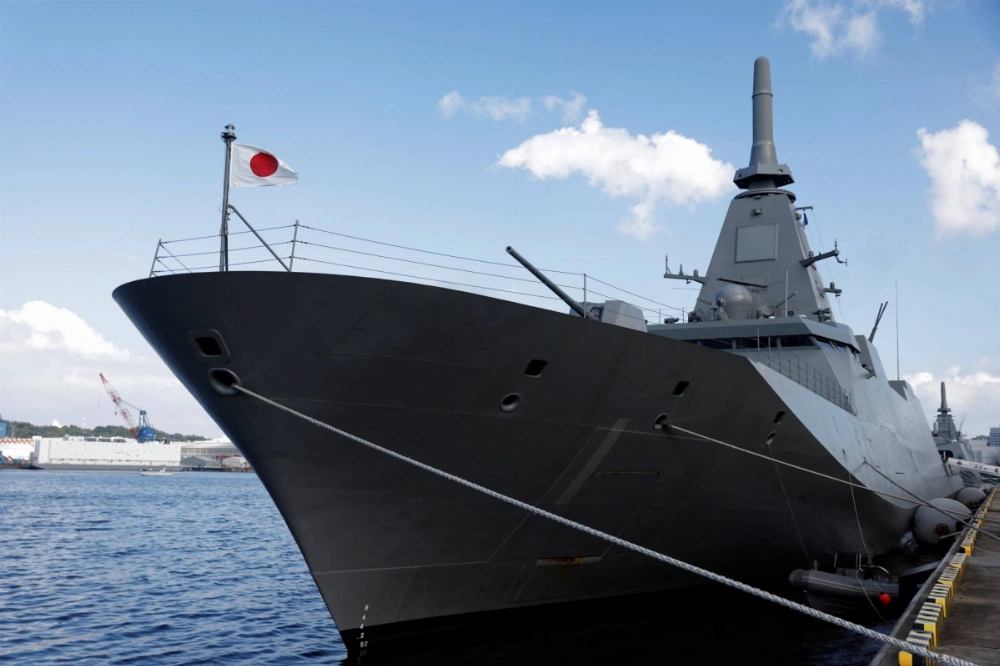As Japan vies with Germany for a lucrative contract to build new frigates for Australia, Tokyo seems determined to learn from the past and avoid the mistakes made in its failed bid to sell submarines to Canberra nine years ago.
There is a lot at stake.
Winning the contract for the decadelong Australian frigate program — known as Project Sea 3000 — would be the largest military export deal in Japan’s postwar history and a major breakthrough for the country’s defense industry.


















With your current subscription plan you can comment on stories. However, before writing your first comment, please create a display name in the Profile section of your subscriber account page.